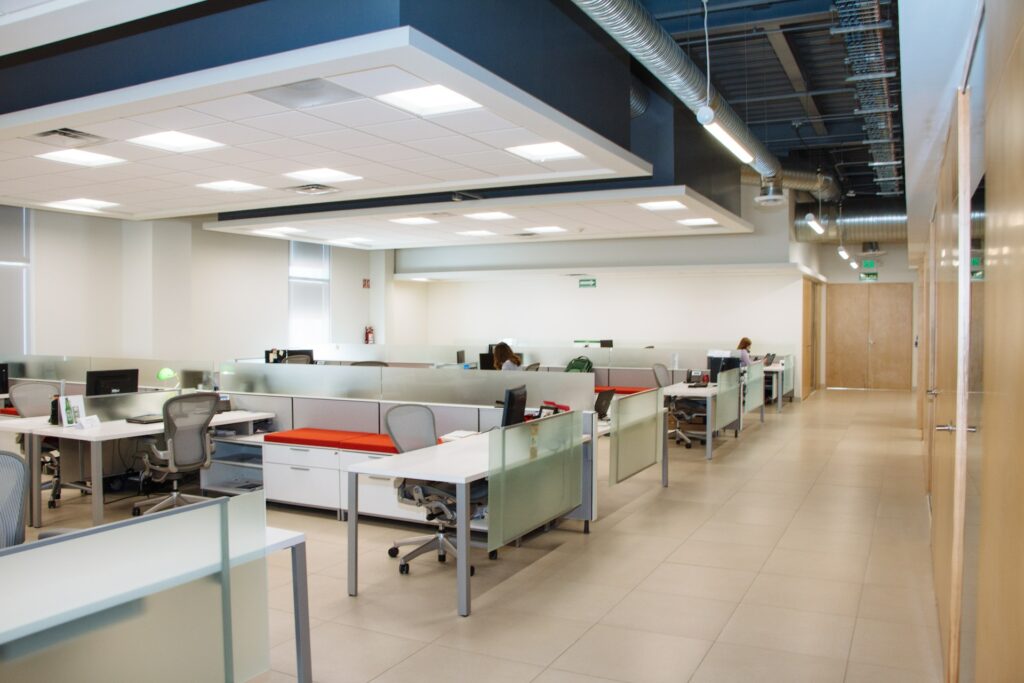[contact-form-7 id=”4740″ title=”Call me”]

Whether starting a small business or expanding your current one, setting up a new office is a crucial step toward success. To ensure a smooth transition and minimize potential hiccups, you need a comprehensive checklist to guide you. So, read on to go through the ultimate checklist for establishing a new office, covering everything from location scouting to IT infrastructure.
Purchase essential office furniture, such as desks, chairs, and storage solutions. Invest in quality equipment like computers, printers, and phones. Stock up on office supplies, from stationery to coffee machines. Prioritize comfort and functionality for your employees and clients. Additionally, don’t forget about medical office supplies if your business requires them. These supplies that you can research at Saverite Medical can range from examination tables and diagnostic equipment to medical instruments and sanitation products. Ensure that your medical office is well-equipped to meet the needs of both your patients and medical staff, maintaining the highest standards of care and hygiene.
Selecting the right location is paramount. Consider your target audience, accessibility, and local competition. Is the area safe and appealing to both clients and employees? Ensure the location aligns with your brand image and values. This decision can impact your business’s visibility and profitability for years to come, so choose wisely.
The layout and design of your office play a pivotal role in employee productivity and client impressions. Plan your office space to maximize efficiency and comfort. Invest in ergonomic furniture, and consider flexible workspaces that adapt to your evolving needs. A well-designed office can foster creativity and collaboration.
Before diving into office furnishing and decor, create a detailed budget. Factor in rent, utilities, insurance, and any renovation costs. Make a contingency fund for unexpected expenses. A clear financial plan will keep you on track and help avoid financial strain during the setup phase.
Pay attention to legal and regulatory requirements. Register your business, obtain the necessary licenses and permits, and adhere to zoning laws. Compliance is critical to avoid legal hassles down the road. Consult with legal experts if needed.
Ensure you have reliable internet connectivity, data security measures, and up-to-date software and hardware. Consult with IT professionals to set up a network that meets your business requirements. Data loss or network disruptions can be catastrophic, so invest wisely.

Establishing a new office is an exciting and challenging endeavor. By following this ultimate checklist, you’ll ensure a solid foundation for your business operations. Remember, your office space is not just a physical location – it reflects your brand and is a place where creativity and productivity thrive. With careful planning and attention to detail, you’ll be well on your way to creating a workspace that sets the stage for your business’s success.